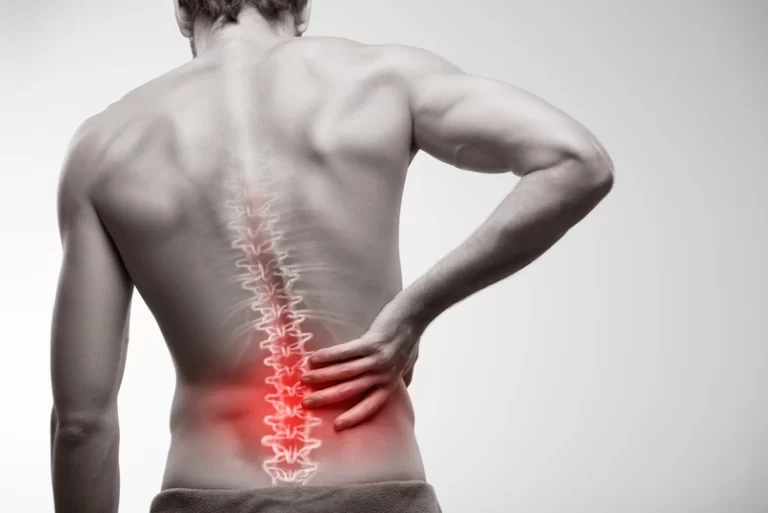1120 NW 14th Street / Miami, FL 33136

Laminotomy Vs Laminectomy: Which one is most effective
Are you suffering from different spinal conditions and are struggling every day with the pain and discomfort caused due to these spinal issues? Different spinal conditions, including nerve compression, spinal stenosis, or herniated discs, can lead to severe pain and discomfort and require treatment that can offer the relief and possible outcomes. When the non-surgical procedures, such as medications and physical therapy, don’t offer the desired results and relief from the pain, then surgery is an essential treatment procedure. For spinal conditions that cause pain due to pressure, there are two most common surgical procedures, including laminotomy and laminectomy. Both surgeries are performed to offer relief from the spinal pressure on the nerves. It is crucial to understand the distinctions between laminotomy and laminectomy for the patients. By understanding the difference between these two methods, one can determine which procedure is the effective approach for the treatment of spinal issues.Understanding both procedures in brief:
What is laminotomy?
Laminotomy is a surgical procedure that is less invasive and is performed to relieve the pressure on the spinal cord or nerves. In this procedure, the partial lamina is removed. This procedure doesn’t include the complete removal of the lamina. With the partial removal of the lamina, the surgeon can easily assess the affected nerves, which can be the result of spinal conditions, such as a herniated disc, degenerative disc disease, or spinal stenosis.What to expect with the procedure?
The procedure of the laminotomy involves a small incision on the affected area of the spine. With the small incision, the surgeon can remove the portion of the lamina that causes the nerve compression and leads to severe pain and discomfort. Performed under general anesthesia, this procedure can take 1-2 hours, but the time taken in the surgery depends on the severity of the condition of patient.What are the benefits of a laminotomy?
Laminotomy is the surgical procedure performed to offer relief from severe pain caused due to the spine and nerve compression. This is a minimally invasive treatment procedure that offers a wide variety of benefits. Here is a brief of the benefits of a laminotomy surgical procedure:- Pain Relief
- Minimally invasive surgical procedure
- Lower complications and risks
- Faster Recovery
- Improved mobility
Risks and complications of the procedure Laminotomy:
Laminotomy is the surgical procedures which is minimally invasive and offers quicker recovery times, but this surgical procedure also has limitations in terms of risks and complications. The complications of the surgical procedures are nerve damage, infection, and bleeding. There is a risk that the pain can return or recur from the spinal issues even after the treatment.What is laminectomy?
Laminectomy is the surgical procedure that involves the removal of the larger portion of the lamina to create space in the spinal canal. This primary surgical procedure is used for the treatment of serious spinal issues, including spinal stenosis (where the spinal canal is narrowed and the nerves and spinal cord are compressed). This surgical procedure offers long-term relief from the pain and discomfort in the spine.What is the procedure of laminectomy?
The procedure, laminectomy, involves the removal of the larger portion of the lamina to offer relief from the pressure. For this surgical procedure, the patient is given general anesthesia, and his procedure is longer than the laminotomy. It may take 2 to 4 hours, depending on how many vertebrae are involved in the procedure.What are the benefits of laminectomy?
Laminectomy is a surgical procedure that comes with a variety of benefits. The benefits of this surgical procedure include long-term relief from the pain and relief from the conditions that lead to serious nerve compression.- Comprehensive Decompression
- Long-term relief
- Best option for the advanced conditions
What are the risks of laminectomy?
Laminectomy is an invasive procedure that can offer various risks and complications, including:- When the larger portion of the lamina is removed during the surgical procedure, this can lead to weakening of the spine. The weak spine can lead to instability or cause issues like spinal fusion.
- This surgical procedure is invasive, which means the recovery time of the procedure is longer and makes patients stay in the hospital for a longer time.
- Laminectomy can offer an increased risk of infection and bleeding.
Comparison between Laminotomy and laminectomy:
| Feature | Laminotomy | Laminectomy |
| Recovery | Laminotomy is the procedure that offers faster recovery rates with the lesser complications. | Laminectomy is the procedure that has the longer recovery times and can have some complications. |
| Effectiveness | This surgical procedure can offer effective relief from the pain, but it cannot offer long-term relief. | This procedure can offer effective relief from severe pain and can offer long-term relief. |
| Spinal stability | As a small portion of the lamina is removed, the risk of spinal instability is lower. | With the removal of the larger portion of the lamina, the spine can weaken and lead to spinal instability. |
| Extent of tissue removal | A small portion of the lamina is removed. | Large or complete lamina is removed. |

